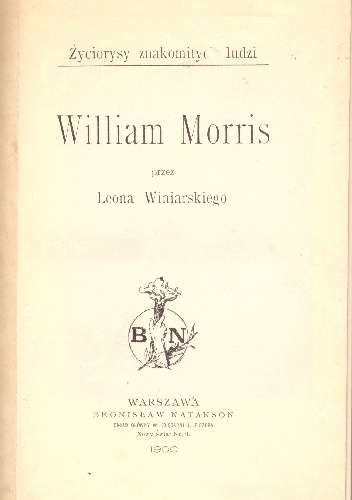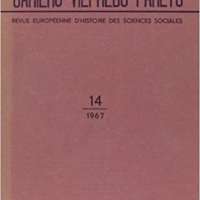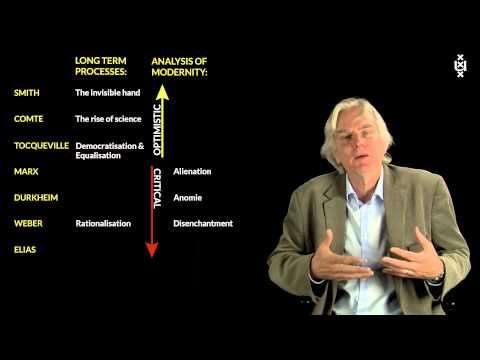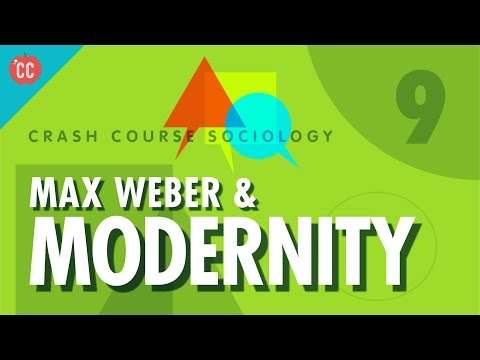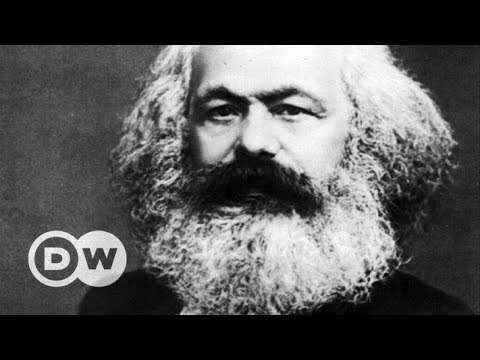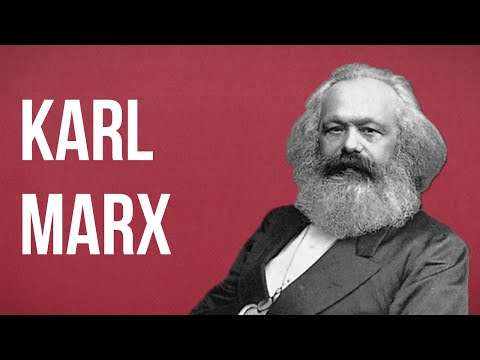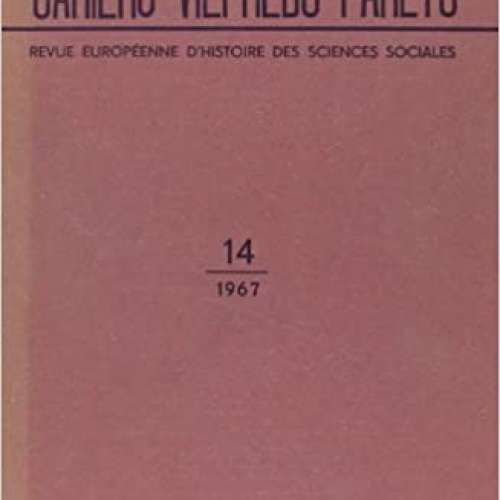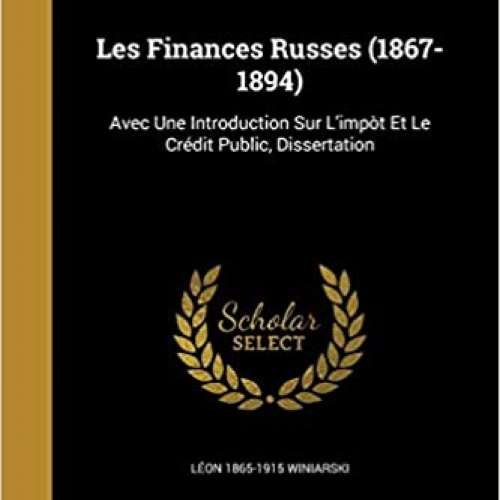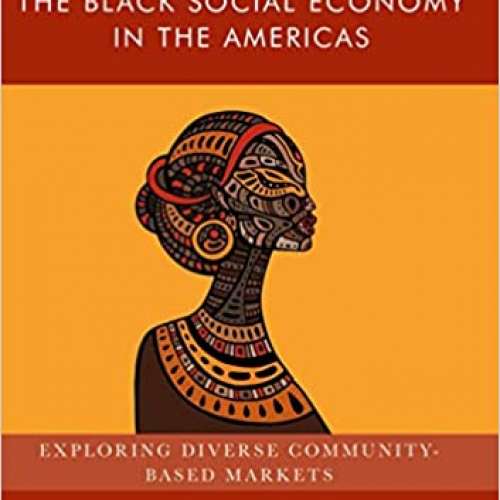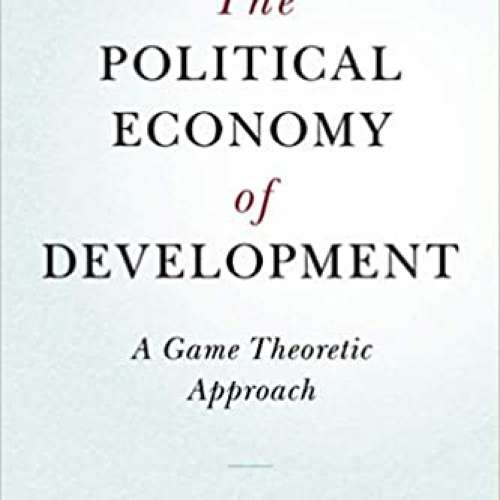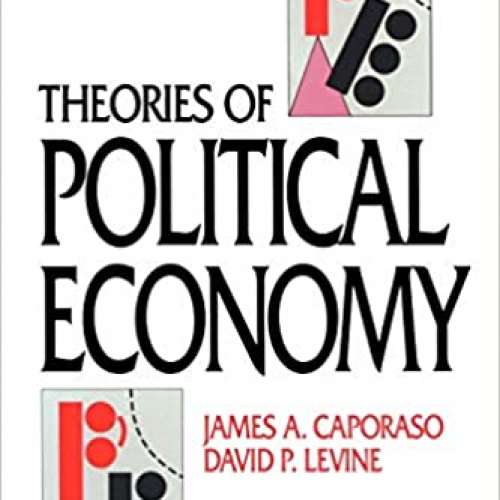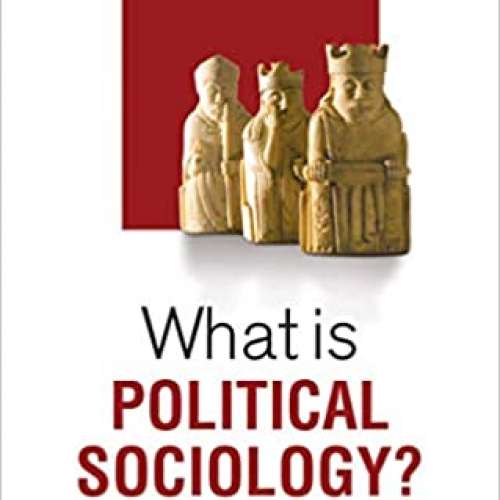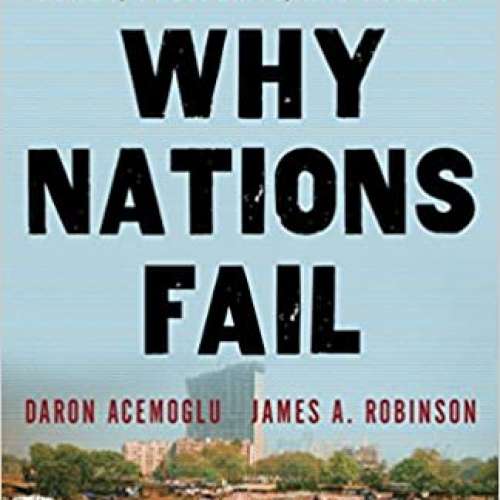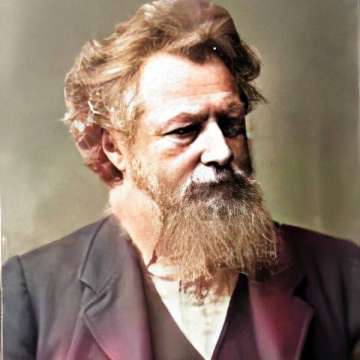

Leon Winiarski (1865-1915)
The energy of social transformation is submitted to the same laws as the energy of the universe. These are the laws of thermodynamics. We can thus represent a primitive horde, as a material system in movement, the driving forces that cause the movement being hunger and love or attraction.
Leon Winiarski was a Polish mathematical physics based sociopolitical economist notable for teaching a course on "social mechanics" for six years (1894-1900) at the University of Geneva, in which he utilized a a Lagrangian-Clausius based explanation of social and economic movement, using differential equations, in which he discusses advanced concepts such as sexual energy, aesthetic energy, among numerous others, in terms of energy and entropy. The bulk of his theory is captured in his 1898 book Essay on Social Mechanics and his teaching course is described in his 1900 report "The teaching of pure economics and politics of social mechanisms in Switzerland." In 1929, American sociologist Howard W. Odum describing Winiarski as the leader of the mechanistic school of sociology and described his theory as follows:
“Winiarski’s mechanistic interpretation posits society as a system of points, individuals in perpetual movement, with attraction as the primary cause of movement. This attraction is like chemical affinity which mechanical bases but with psychic force not present in the physical world, which, however, in turn is nothing more than a form of physico-chemical energy which in turn, in the form of life, may be transferred from potential to kinetic energy, and this transformation is primarily through the processes of alimentation and reproduction. Human masses transmute energies of hunger and sex into various social, economic, aesthetic or intellectual forms, the transformation proceeding entirely according to the laws of thermodynamics. Society and human beings will ultimately reach an equilibrium in some way as the physical world has reached its equilibrium and social science must devise objective units of studying this energistic system of humans in relation to their world.”
Odum's summary, in turn, was based on the earlier interpretation of Winiarski as given by Russian-born American sociologist Pitirim Sorokin, from his 1928 Contemporary Sociological Theories , who in turn devotes over fifteen pages to Winiarski's theories.
Name translations
Winiarski was born in Poland, but taught and worked at the primarily French-speaking University of Geneva, Switzerland, which is next to Italy and France, hence his publications seem to be only in French, Italian, and Polish, in descending order. An English variant of his last name is "Winiarsky" (as used by Ward). A Spanish and Italian variant of his first name is "Leone". In his 1900 biographical book on American sociologist William Morris, he goes by the name "Leona Winiarskiego".
Education
In 1886, at the age of twenty-one, Winiarski was a student at Warsaw University, where probably with the help of his brother Wolf Winiarski, tried to keep up the tradition of spreading Marxist ideas among the first Polish scientists. He authored two pamphlets of this kind: “About Crises and their Sources” and “On Supplementary Values”, being a popularization of Karl Marx’s Das Kapital.

Following his studies at Warsaw University, Winiarski then studied at Paris and London, before coming to Switzerland, where at the University of Geneva he began teaching a course on social mechanics, for at least six years (1894-1900), in which he utilized a a Lagrangian-Clausius based explanation of social and economic movement. In 1967, Swiss sociologist Giovanni Busino published a 315-pg edition of Winiarski's collected works on social mechanics entitled Essay on Social Mechanics.
During this period, Winiarski published at least three books on theoretical sociology and economics. In 1903, Winiarski became professor of finance and statistics at the University of Lausanne.
Of greatest influence, Winiarski a pupil of French-Italian engineer Vilfredo Pareto, one of the first to conceive of people as "human molecules", who himself had been a student of French economist Léon Walras, the first to conceive of people as "economic molecules". Walras and Winiarski exchanged letters in the discussion of ideas; at least in 1899. Winiarski was a professor of finance and statistics at the University of Lausanne; was an ardent advocate of social mechanics, and it is said that he considered himself to be following in the footsteps of Walras.
Economics
Winiarski took a view of “economics as social physics” on the model that the exchanges in human society studied by economists were seen as analogous to the exchanges that physics studies in nature.
Sex
On sex, Winiarski states:
“The psychology of sexual elements on one hand, seems to us quite right. It is between the sperm and egg that biological attraction, more or less, which is the same mechanics as the chemical attraction between the atoms of hydrogen and oxygen.”
In other words, what Winiarski seems to be saying is that the psychology of sexual attraction, which results ultimately in the biological attraction that draws the sperm and egg together, are both of the same mechanics of the operation of chemical affinity, or Gibbs free energy change (modern view), as that which draws the hydrogen and oxygen atoms together.
Overview
In 1894, Winiarski began teaching a class called “social mechanics”, at the University of Geneva, where he applied the dynamics of Italian mathematician Joseph Lagrange and the thermodynamics of German physicist Rudolf Clausius, through equation formulation, in sociology and economics. Some aspects of these lectures began to be published in works such as Winiarski's 1898 "Essay on Social Mechanics", and post-humorous 313-page collected works, by the same name. To summarize, Winiarski held the view that:
“A social aggregate is nothing but a system of points, i.e. individuals, who are in perpetual movement of approaching or withdrawing from one another.”
Winiarski treated human societies in terms of energy, discussed social systems in terms of the first and second laws of thermodynamics, and used differential equations to describe certain social processes. He has been classified as one of the representatives of “energetic theory” in sociology. Most of his works were published in French (having limited translations), which may explain why he is not as well known in modern times.
Aesthetic / biological / social energy
Winiarski seems to have had views on the relationships between aesthetics, energy, and equilibrium points in life, as published in his 36-page 1899 article "Aesthetic Equilibrium". Winiarski argued that beauty, in respect to those nervous system movements that result in attraction movements, is a function of “aesthetic energy”, i.e. the energy correspondent to movements towards objects of beauty, and to “biological energy”. To cite an example, Winiarski affirmed that:
“The prices of commodities represent nothing but the various conversion coefficients of biological energy: gold is therefore the general social equivalent, the pure personification and incarnation of socio-biological energy.”
In a sense, movements, such as the making of arms, dwellings, ornaments, sculpture, painting, music, or architecture, etc., as they connect to the possessions of strength, objects of wealth, or the development of skills in the arts or sciences, actuate such that the individual or race who wishes to attain a higher position in the class structure does so according to the intensity or duration of the pleasure given from the process. In an 1899 review of Winiarski’s work, an F. M. Winger states, according to Winiarski’s theory:
“Periods of maximum pleasure are followed and preceded by a period of equilibrium, and just so much pleasure results as there has been energy expended.”
In a modern sense, it would seem that this period of maximum pleasure would correspond to the heightened energy state (activation energy) in the range of the transition state of reactants going to products, between two lower saddle points of minimal free energy (thermodynamic equilibrium).
Objections
In 1911, in commentary on Winiarski’s view that “selfishness and altruism are both manifestations of elementary biological energy as attraction and repulsion are of cosmic energy; biological energy is directed into each individual and each group of individuals by the tendency to maximize pleasure and happiness”, American sociologist Luther Lee Bernard comments that:
“Winiarski has gone to the metaphysically ridiculous in attempting to establish an identity between biologic energy and feeling consciousness, thus reducing ‘egoism’ and ‘altruism’ to actual social forces, akin to the physical forces, which will enable us to formulate an exact science of sociology.”
In 1954, Leslie White, in his “The Energy Theory of Cultural Development”, gave the following semi-down playing statement:
“Leon Winiarski, a European sociologist, treated human societies in terms of energy. He discusses social systems in terms of the first and second laws of thermodynamics, and uses differential equations to describe certain social processes. But for all this, he seems merely to present social systems as analogous to physical systems, to describe them in the language of physics, rather than to apply physical concepts to gain new insights and understandings of socio-cultural systems.”
In 1991, Juan Martinez-Alier cites White's popular quote (above), and describes Winiarski as having absurd views, as follows:
“Discussions about energy and the economy have included two mistaken views. One mistaken view is the ‘energy theory of value’ (Punti, 1988). Another mistaken view is based on the isomorphism between the equations of mechanics and the equations of economic equilibrium of neoclassical economics after 1870. It was believed that in economic exchange there is an exchange of psychic energy. Winiarski, at the turn of the century, was a spokesman for this absurd view.”
Ward
In America, the work of Winiarski was very influential to American sociologist Lester Ward, who credits Winiarski as forming the basis of the third part of his 'system of sociology' (developed up until 1913), that of the “difference of potential” or transformative principle of sociology, as is said to be exemplified by the following quote:
“The forces of work, system kinetic energy will be equal to the differences of the potential energies. To ensure the transformation of the active forces of the biological energies, unrealised potential processing takes place, it must be between comprizing breeds in a social aggregate, where there is a difference in potential. All the differences in these potential energies go into energy kinetic—but the total energy remains unchanging during processing; there is only a change in form.”


